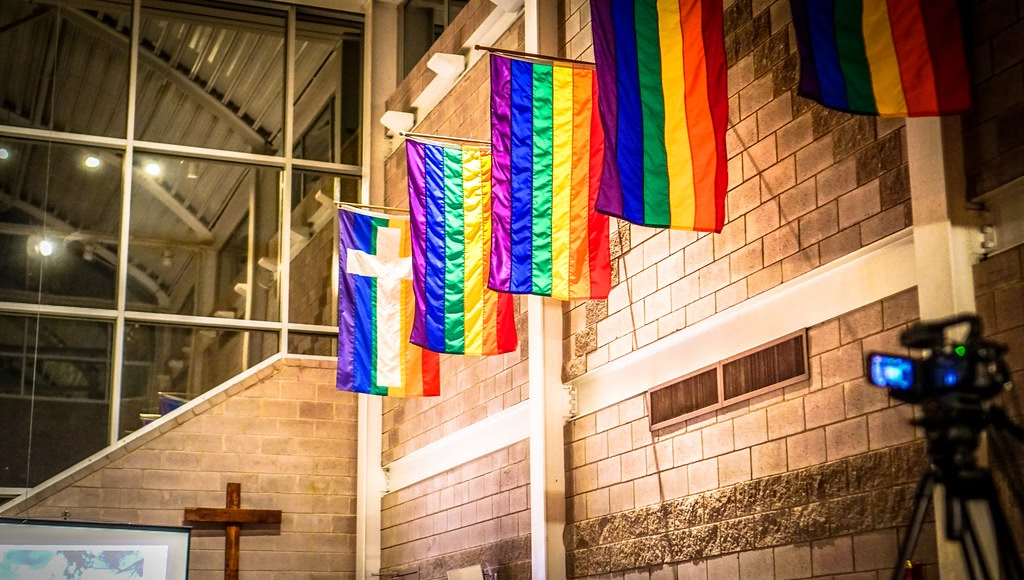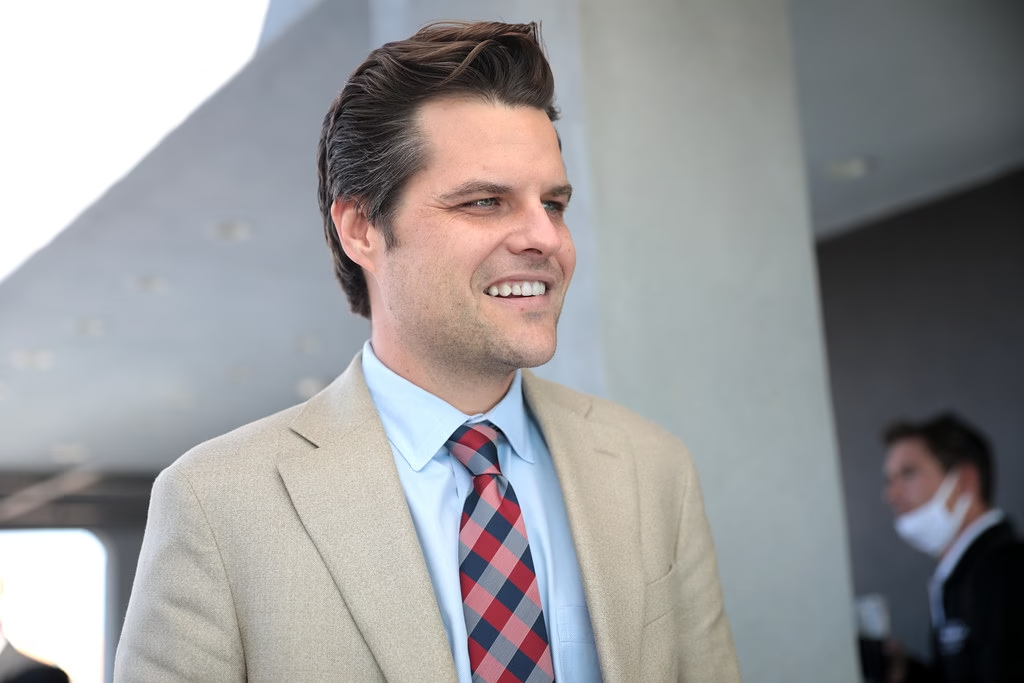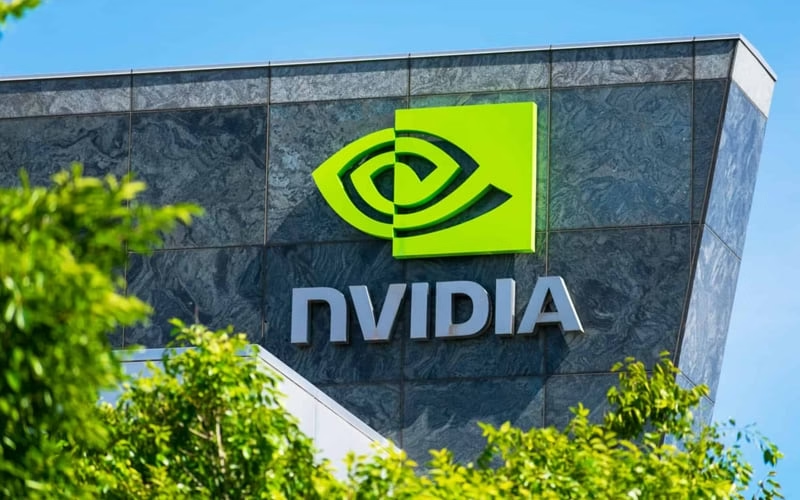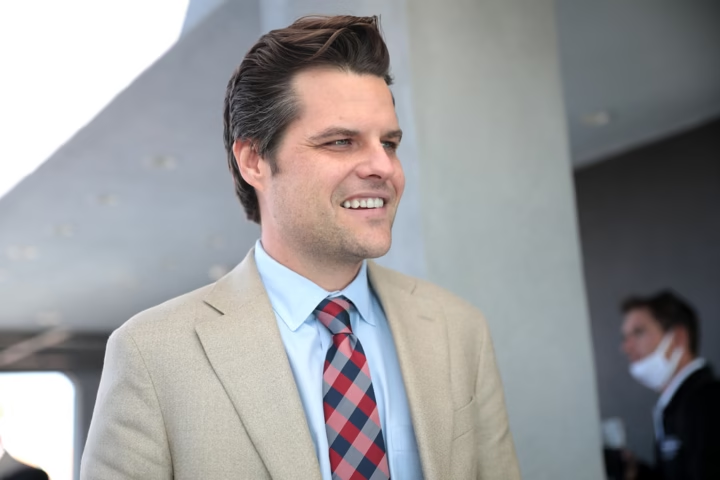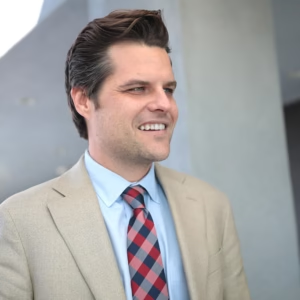U.S. Launches First Fully Autonomous Urban Zone: A Glimpse into the Future of Smart Cities

- Green Tech and Sustainability in Tech Manufacturing: The Push Toward a Greener Future
- Blockchain Technology and Its Potential Beyond Cryptocurrency: A Comprehensive Overview
- SpaceX: Pioneering Space Exploration with Bold Goals
U.S. Launches First Fully Autonomous Urban Zone: A Glimpse into the Future of Smart Cities
San Francisco, CA – January 15, 2025 – The United States has taken a monumental leap into the future with the unveiling of its first fully autonomous urban zone in San Francisco. Dubbed “Smart City 2025,” this groundbreaking initiative represents a transformative step in the integration of artificial intelligence (AI) into urban living. The project, a collaboration between the federal government, leading tech companies, and urban planners, aims to redefine how cities function in the 21st century.
What is Smart City 2025?

Smart City 2025 is a fully AI-powered urban zone featuring cutting-edge technologies designed to enhance efficiency, sustainability, and quality of life. Key features include:
- Self-driving public transportation that operates with precision and minimal environmental impact.
- AI-managed traffic systems that reduce congestion and optimize travel times.
- Smart infrastructure that adapts to real-time data, from energy distribution to waste management.
- A centralized AI platform that allows residents to access services like emergency response, healthcare, and utilities seamlessly.
“This is not just a technological achievement; it’s a new way of living,” said Dr. Emily Carter, the project’s lead architect. “Smart City 2025 demonstrates how AI can create cities that are more responsive, sustainable, and inclusive for all residents.”
Public Reaction: Excitement and Concerns
While the project has been hailed as a revolutionary step forward, it has also sparked debate. Proponents praise its potential to reduce carbon emissions, improve urban efficiency, and enhance public safety. However, critics have raised concerns about privacy, cybersecurity, and job displacement.
“We must ensure that these technologies are implemented responsibly,” said Marcus Lee, a spokesperson for the Digital Rights Coalition. “Without robust safeguards, we risk creating a surveillance state that compromises individual freedoms.”
To address these concerns, the Department of Urban Development has emphasized that strict privacy regulations and cybersecurity protocols are in place. Additionally, the project includes initiatives to retrain workers displaced by automation, ensuring that the transition to a smart city is equitable.
Global Implications of Smart City 2025
The launch of Smart City 2025 has captured the attention of governments and urban planners worldwide. Countries like Japan, Germany, and South Korea have already expressed interest in developing similar projects, signaling a global shift toward AI-powered urban living.
Analysts predict that the success of this initiative could position the U.S. as a global leader in smart city technology, opening doors for international collaboration and export of these innovations.
The Future of Urban Living
As San Francisco’s autonomous zone becomes a reality, it offers a glimpse into the future of urban living. With its blend of advanced technology and sustainable practices, Smart City 2025 could set a new standard for cities worldwide.
For now, all eyes are on San Francisco as it pioneers this bold experiment in urban innovation. Will this be the blueprint for the cities of tomorrow? Only time will tell.




